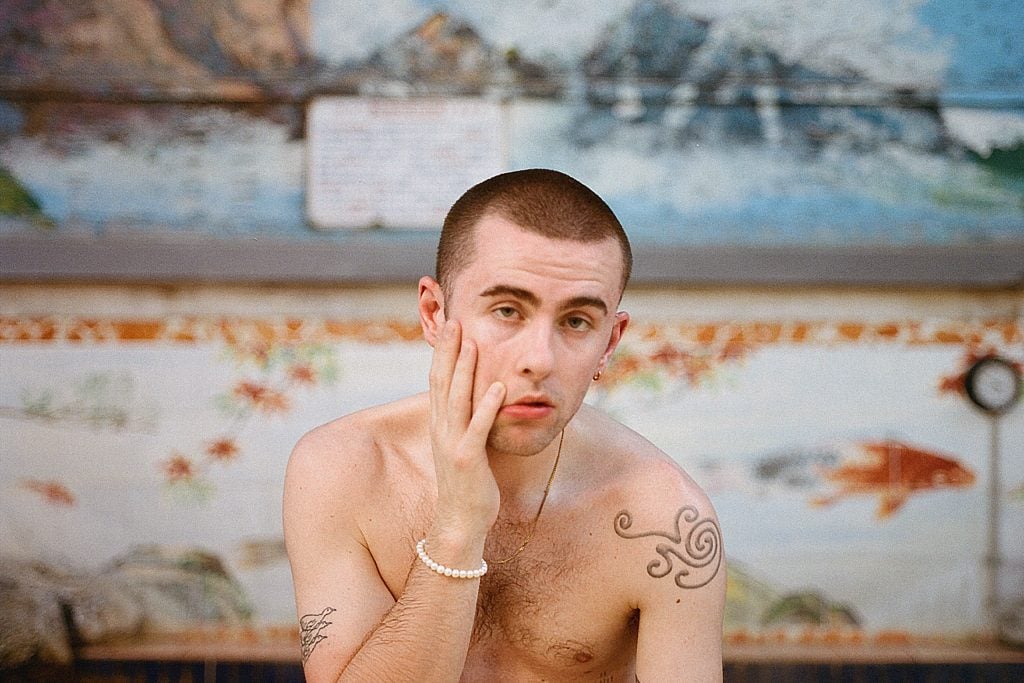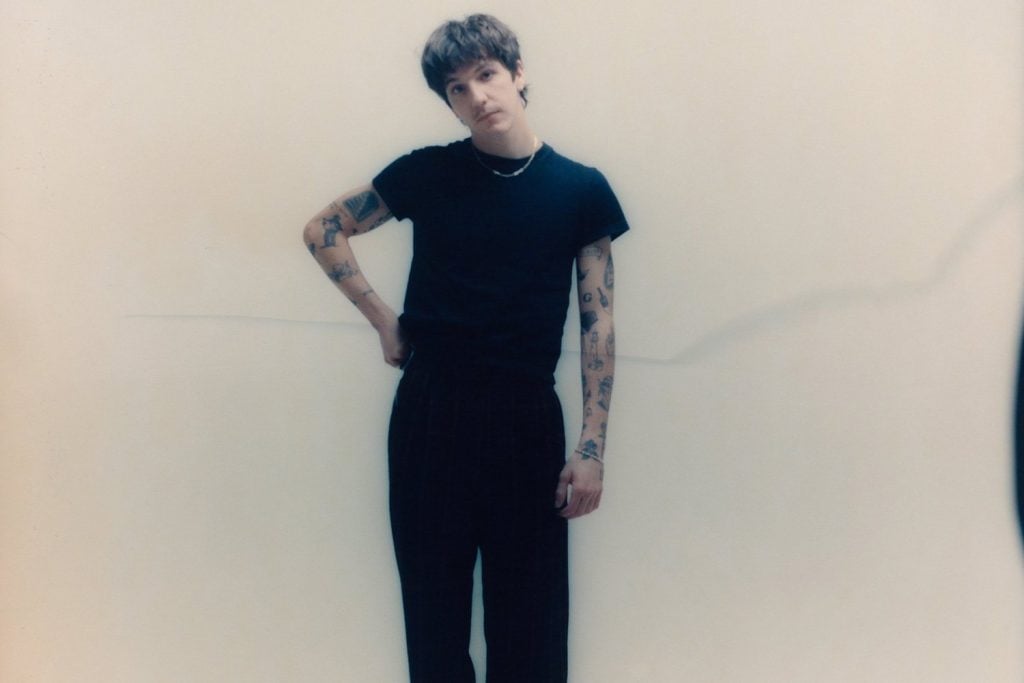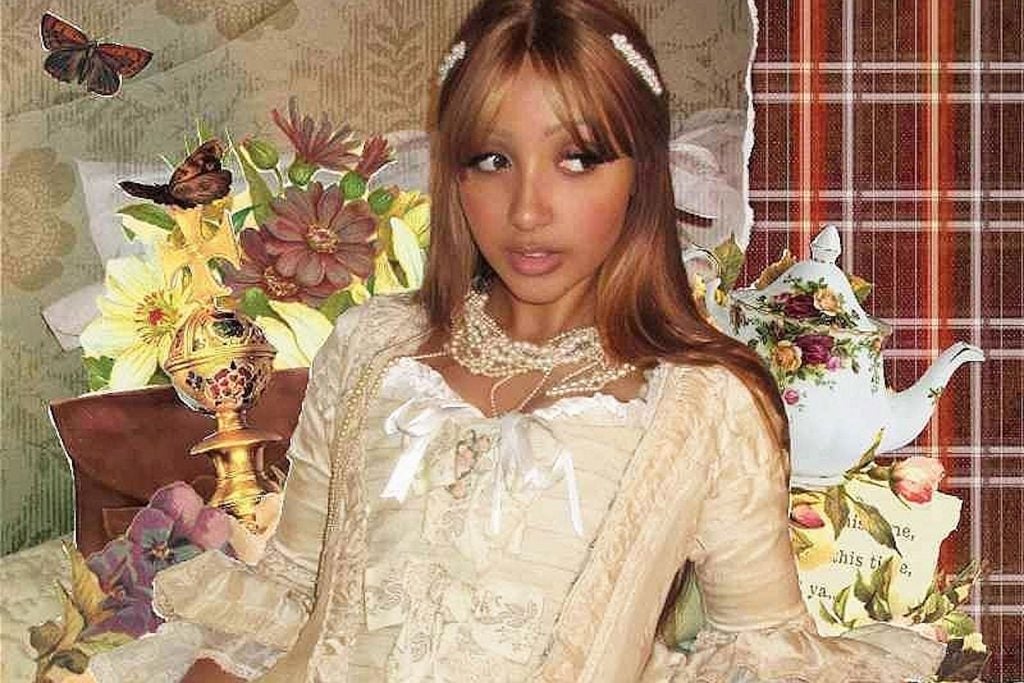Success in the world of art is often perceived as something mystical, almost magical. Sometimes it feels as if the stars are aligned in the right sequence only for a select few. Some performers literally soar to the top of popularity in a matter of months, finding themselves at the centre of public and media attention. Others, despite their talent, hard work and genuine love for their work, remain on the periphery of the cultural scene for decades without getting the recognition they deserve.
This state of affairs makes us wonder: why do some artists smile at good fortune while others seem to turn their backs on it? The answer lies not only in innate ability or level of training. There are many variables that shape the trajectory of a creative path. It is the influence of the environment, and timely acquaintances, and a keen sense of trends, and even banal chance. Luck, as in gambling, where people sometimes hope to win with a bonus like free 25 € casino no deposit, can be random, but sometimes – the result of a subtle calculation and readiness for instant action at the right moment.
That is why it is important to consider the phenomenon of success not from the point of view of fatalism, but as a complex system consisting of many interrelated elements. Let’s try to understand what factors have a decisive influence on the career of artists. What makes some artists attractive to the public, agents and producers, while others are left behind? Why someone breaks through after the first appearance on stage, and someone for years remains a ‘talent for the chosen few’?
The answers to these questions will help not only to better understand the nature of luck in the creative industry, but will also give practical guidance to those who dream of fame and recognition. After all, behind the facade of success often lies a carefully constructed strategy, combined with determination, mental toughness and, yes, a dose of luck that cannot be denied.
Talent and hard work: two sides of the same coin
Talent is traditionally considered the basis of success in the arts. However, without hard work and constant self-improvement, even the most outstanding abilities can go unnoticed. Many successful musicians and actors note that reaching the top requires not only natural data, but also many years of work on themselves. Studies confirm that it takes about 10,000 hours of practice to achieve mastery in any field.
The influence of external factors on the career of an artist
Even the most talented person can face obstacles if the environment is not conducive to their creative development. The factors that determine an artist’s success or failure are many, and not all of them are within their control. External circumstances often play a key role in shaping a creative path. The environment in which an artist is born and develops directly affects their access to opportunities, resources and audiences.
Social and Cultural Environment
The social context in which a future artist grows up is of immense importance. If scepticism about art as a profession prevails in society, a young person may face a psychological barrier before they even begin their career. In countries and regions where culture is perceived as a fundamental part of social life, creative individuals are given more incentives for self-realisation. Art schools, government support programmes, the availability of rehearsal spaces and performance venues all create an infrastructure without which it is extremely difficult to break through.
Family environment and early immersion in creativity
One of the most significant external factors remains the family. If a child observes the work of parents involved in the creative sphere from childhood, he or she not only learns from the experience, but also realises his or her identity as an artist more quickly. The presence of role models in the person of close people significantly accelerates professional development. The example of Liza Minnelli, daughter of the legendary Judy Garland, illustrates well how early immersion in the world of the stage contributes to the formation of confidence and ambition. That said, it’s important to realise: it’s not just about connections, it’s also about atmosphere – the feeling that creativity can be a fulfilling life strategy.
Geographical factor and level of urbanisation
The region of residence is equally important. An artist living in a large city has access to a much greater number of opportunities: auditions, festivals, competitions, master classes, production centres. The provincial environment often limits development, especially if there is no access to quality arts education or modern techniques. At the same time, the periphery can be a source of original vision and authentic sound, but promotion will require more effort – both logistical and financial.
Economic realities and government support
Financial stability is another important aspect. In countries with a high standard of living, it is easier for artists to find a balance between creativity and everyday life. The existence of foundations, scholarships, cultural grants and support programmes for independent authors creates a sustainable ecosystem for young talent. Where the state actively invests in culture, young performers feel more confident: they understand that they have a chance to fulfil themselves not only through commercial success, but also through institutional recognition.
Debut platforms and the role of technology
In the modern era, access to digital platforms and new media plays a major role. An artist from anywhere in the world can make a name for themselves online, but digital promotion also requires skills, resources and technical literacy. Inequalities in access to the internet, devices and knowledge of social media algorithms create additional barriers. Those who master new media from an early age adapt more quickly to the demands of the digital scene. Although it is not exactly a ‘traditional’ external factor, it is technology that is now becoming an integral part of creative destiny.
Mentorship and chance encounters
Some creative paths are shaped by chance but fateful encounters. An artist may receive crucial support from a more experienced colleague, producer or teacher. Such encounters are usually impossible to predict, but their likelihood increases in an environment where ideas, experiences and contacts are exchanged. Mentor support can dramatically change the vector of development – both in terms of content and promotion strategy.
The role of luck in achieving success
Regardless of training, discipline and motivation, success in the art world often comes with an element of uncertainty. Luck is a category that is difficult to measure but impossible to ignore. For many artists, it is a coincidence of circumstances that becomes the turning point that determines the vector of the entire future career. In one case it may be a sudden invitation to an important event, in another – a meeting with the right person at the right time. Accidents, at first glance chaotic, become a kind of catalyst for creative growth and popularity.
At the same time, luck never acts in isolation. It only comes into effect where there is already an inner readiness for a breakthrough. Psychologists and career counsellors emphasise that luck is not just a favourable circumstance, but the result of a combination of timing and preparation. The higher the level of professional readiness, the greater the chance of seizing an opportunity when it comes along. Artists who develop intuition, maintain flexibility of thought and are willing to act spontaneously are more likely to be among those who are ‘lucky’.
Luck can also manifest itself in more subtle ways, such as choosing a repertoire that suddenly becomes relevant, or releasing a project that coincides with the agenda. Sometimes a single post on a social network, a repost from an influential person or a positive review in the media is enough to focus the public’s attention on a little-known artist. However, these flashes of attention only turn into sustained success when the artist is already prepared to scale – technically, morally and creatively.
It is also interesting that the perception of success may differ depending on the cultural context. In Western countries, success is more often associated with personal initiative, while Eastern cultures recognise the greater role of fate and external forces. This difference also affects the behaviour of artists: some rely on strategic planning, while others rely on ‘signs’ and intuition. Nevertheless, in both models of the world, chance remains an important factor, if only because it is impossible to predict all variables.
How the artist interprets moments of good fortune is also important. The ability to recognise chance is a separate skill. One person may see an informal meeting with a producer as an empty conversation, while another may see it as a springboard to a joint project. In this sense, luck becomes a subjective category that depends on mindset, experience, and confidence. In other words, luck is a mirror that reflects a person’s inner qualities, aspirations and readiness for action.
It’s also worth noting that luck can be not only positive, but also paradoxical. Sometimes it comes early – when the artist is not yet ready for fame and is not able to cope with its consequences. There are cases when unexpected success turns into a psychological breakdown or creative crisis. Thus, random luck is not always a blessing, if there is no stable foundation for its retention.
Finally, one cannot but recognise that luck is often perceived as something undeserved. Artists who have been working for a long time without recognition may be pained to see a newcomer ‘take off’ after one successful track or video. However, the history of art is full of examples where instant success over time takes as much effort as years of struggle. In the end, it is important not only to wait for your lucky opportunity, but also to be able to maintain the result achieved thanks to it.
Self-presentation and creating a unique image
In today’s world, an artist’s image plays a key role in their promotion. A unique style and memorable image help to stand out among many performers. For example, the use of non-standard elements in clothing or behaviour on stage can attract attention and be remembered by the audience.
The importance of psychological resilience
Psychological resilience is an essential part of a long-term creative journey. It plays a key role in an artist’s ability to not only cope with external pressures, but also to maintain internal integrity in the face of change, uncertainty and constant evaluation. As a rule, artistic careers do not follow a straight line: there are inevitable periods of decline, failure, lulls and disappointment. At such times, it is the strength of inner character that allows you to stay the course and continue to move forward, despite the temporary difficulties.
One of the most common problems in the creative industry is over-sensitivity to criticism. Evaluation by the public, colleagues and experts is often ambiguous, and sometimes even sharply negative. Even objectively successful projects can be met with heath or misunderstanding. For an artist who is deeply involved in his or her work, this can be a serious blow. However, the ability to take criticism constructively, to separate it from personal self-judgement, and to benefit from the feedback is an essential skill for growth.
Creative endeavours are inherently emotionally engaging. This is why artists are particularly susceptible to stress, anxiety and burnout. The unpredictability of the industry, dependence on audience tastes, competition and income instability add to the pressure. Without developed emotional resilience, it becomes difficult to maintain mental clarity and confidence. Psychological stamina makes it possible not to lose oneself in difficult moments, but on the contrary, to use them as points of support for rethinking, development and internal strengthening.
In addition, an artist’s motivation is often tested by time. Initial enthusiasm can fade, especially if success does not come quickly or is accompanied by continuous work without visible results. During such periods, it is important to maintain a deep connection to your goals and to remember why you chose this path. Psychologically stable artists know how to recharge themselves from within – through new sources of inspiration, change of environment, training, communication with like-minded people. It’s not just the ability to carry on – it’s the ability to find energy even in the most challenging circumstances.
It’s also worth noting that resilience isn’t about indifference or having a ‘thick skin’. It’s not about suppressing feelings, but about being able to live and process them without destroying your personality. Sincere emotion is the foundation of any artistic practice. And the paradox is that the more emotionally subtle a person is, the more resilient he or she must be to the challenges of the outside world. Resilience in this case manifests itself as a harmonious combination of sensitivity and the ability to self-regulate.
Finally, in recent years, artists have increasingly turned to professional psychological help. Therapy, coaching, mindfulness practices, body-oriented approaches – all this is becoming part of everyday self-care. Understanding one’s own inner processes, working with inner fears, traumas and attitudes allows not only to preserve mental health, but also to open new horizons of creativity.
Psychological stability is the foundation on which not only the career, but also the personal well-being of the artist is based. It is what makes it possible not just to survive in the industry, but to thrive despite the fickleness of circumstances and pressures from all sides.
Conclusion
The success of an artiste depends on many factors: talent, hard work, external circumstances, luck, self-presentation and psychological resilience. Understanding these aspects and working on each of them can greatly increase the chances of achieving the desired heights in the art world.
This article is a guest contribution. Views expressed are the author’s own.









Got opinions on this? Got fingers to type them with? Spare your group chat. Our Discord is ready.
Open the discussion thread